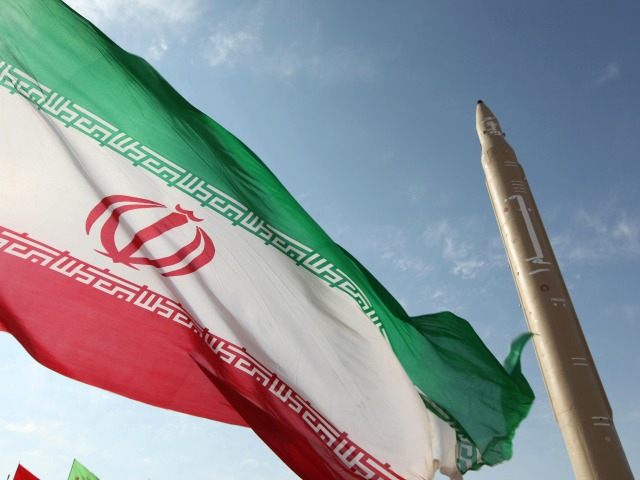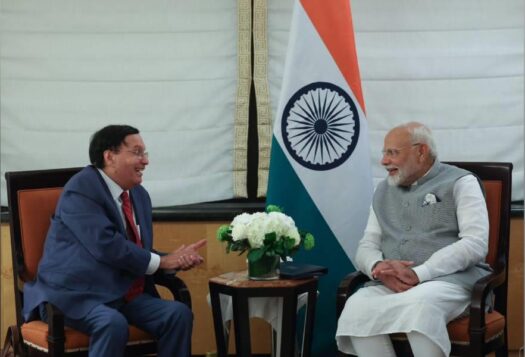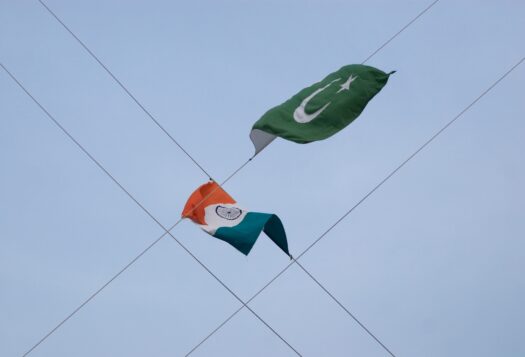
Seeing the shredded bodies and rags of human flesh of the victims and survivors of Hiroshima and Nagasaki, too much time does not appear to have lapsed to recall the horrors that Little Boy and Fat Man brought to this world. The journey from Truman to Obama in the first and second nuclear ages was full of trials, tribulations, and crises. It taught tough lessons that seem to have been learnt well enough to reach a negotiated nuclear deal with Iran. Thus, it is a sigh of relief that the United States and Iran have given value to the spirit of diplomacy, despite a rollercoaster ride of tedious negotiations. The Iranian nuclear deal supports and vindicates the assertion that deterrence needs no demonstration of force and diplomacy provides hope in settling the most contentious nuclear crises of the twenty-first century.
The deal, as it stands today, is a win-win situation for Iran and the international community. The political resolve of the previous Iranian government to harness all aspects of the peaceful uses of atomic energy and the complete nuclear fuel cycle—as enshrined in the NPT—is undermined to the fact that Iran has in the process developed a hedging capability in the form of a recessed deterrent. Michael Krepon’s blog post, “Seventy Years Without An A-Bombing,” vividly encapsulates the journey to developing the norms of “No Third Use,” “No Next Use,” or “No First Use.” Despite the hope of not seeing the nuclear nightmare again, he says “as long as the bomb exists, in numbers that defy logic other than the open-ended extrapolation of deterrence theory, the specter of the mushroom cloud hangs over us.” International security remains under the shadow of nuclear weapons. Although the fear of nuclear use has not been eliminated, it is pertinent to critically analyze the lessons that have been learnt since the dawn of the first nuclear age.
In many respects, the notion that the second nuclear age is no different from the first one holds true to a large extent. However, signs that it might turn out to be more unpredictable and unstable than the first are worrisome.
Of these signs, first and foremost, is the leap from security dilemma to security trilemma, wherein each second state is intimidated from a third nuclear weapon state and is compelled to enhance its security apparatus and force posture. This chain reaction has expanded the scope of arms control agreements from bilateral to multilateral.
Second, is that technological advancement and the Revolution in Military Affairs (RMA) in conventional weapons (missile defenses, anti-satellite weapons, long-range precision strike weapons, etc.) have transformed the nature and shape of modern warfare. They can be employed with great precision in counter-force targeting of enemy strategic nuclear forces.
Third, the looming threat of cyber-attacks creates the possibility of jeopardizing computer systems, leading to the disruption and paralysis of command and control and early warning systems. This in turn is likely to result in crisis stability suffering from the vulnerability-invulnerability paradox
Fourth, the introduction of sub-conventional/proxy actors coupled with territorial disputes in a low nuclear threshold environment pose a new threat.
Fifth, is the weak fabric of the non-proliferation regime and the presence of outlier states (i.e. Israel, Pakistan and India); where each state is distinct in terms of its motivations and ambitions to pursue its strategic goals.
Sixth, is the threat from anomalies such as North Korea.
Seventh, are increasing fissile material stockpiles and the deadlock on the finalization of a draft of the FMCT.
Eighth, are new nuclear weapons stateswith maturing force postures, i.e. space weaponization and MIRVs, sea-based deterrent postures, ballistic missile defense, and tactical nuclear weapons.
Ninth, is the mushrooming of terrorist organizations with different brand names which pose immediate threats to states with weak political and economic bases.
Tenth, is the threat of illicit trade (proliferation).
Eleventh, are estranged relations between Russia and the United States over a number of issues (the shrinking giants with inflated egos).
The second nuclear age has witnessed the limits of the use of force in modern warfare. From total wars to the use of nuclear weapons to limited wars under the nuclear overhang to the trend of proxy war, the world has envisioned the diminishing role of nuclear weapons except in their utility as political leverage and deterrence. The important takeaway from seventy years of the nuclear age is that nuclear restraint cannot be brought about through sanctions or denying a state the right to acquire modern technology.
***
Image: Vahid Reza Alaei-AFP, Getty


